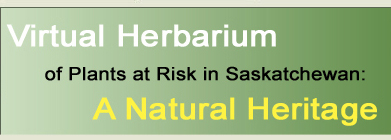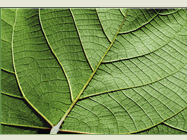
|

|

|

|

|

|

|
|
|
|
|
|
| Woodsia scopulina ssp. scopulina D.C. Eat. | Species Image Gallery (opens in a new window) |
||||||||||||||||||||||||||||||||
| TAXONOMY | |||||||||||||||||||||||||||||||||
| Family: | Dryopteridaceae | ||||||||||||||||||||||||||||||||
| Genus: | Woodsia | ||||||||||||||||||||||||||||||||
| Species Synonyms: | Woodsia oregana var. lyallii (Hook.) Boivin | ||||||||||||||||||||||||||||||||
| Common Names: | Rocky Mountain woodsia cliff-fern |
||||||||||||||||||||||||||||||||
| DISTRIBUTION | |||||||||||||||||||||||||||||||||
| Canada: | southern Yukon Territory – British Columbia – western Alberta, northern Saskatchewan | ||||||||||||||||||||||||||||||||
| Saskatchewan: | northwestern Saskatchewan; Lake Athabasca – Reindeer Lake | ||||||||||||||||||||||||||||||||
| Ecoregion: | Churchill River Upland, Tazin Lake Upland | ||||||||||||||||||||||||||||||||
| HABITAT | |||||||||||||||||||||||||||||||||
| Saskatchewan: | granitic or calcareous cliffs, outcrops, and rocky slopes | ||||||||||||||||||||||||||||||||
| RARITY STATUS | |||||||||||||||||||||||||||||||||
| Provincial
Status According to Harms (2003): |
Endangered |
||||||||||||||||||||||||||||||||
| Nature Conservancy Status: | G5 S1 |
||||||||||||||||||||||||||||||||
| Saskatchewan
Species at Risk Status: |
None |
||||||||||||||||||||||||||||||||
| COSEWIC Status: | None |
||||||||||||||||||||||||||||||||
| Rocky Mountain woodsia is endangered in Saskatchewan because it is rare and regionally restricted. No immediate threats are known, but are possible in the future. | |||||||||||||||||||||||||||||||||
| SPECIES DESCRIPTION | |||||||||||||||||||||||||||||||||
| Roots: | compact, erect to ascending, few to many persistent leaf bases of unequal lengths; scales 4 – 5 mm long, ovate to narrowly lance-shaped, often uniformly brown, at least some with dark central stripe and pale brown margins, entire | ||||||||||||||||||||||||||||||||
| Fronds: | 9 – 35 cm long, 1 – 8 cm wide | ||||||||||||||||||||||||||||||||
| Stipes: | not jointed above base, relatively brittle and easily shattered, reddish-brown to dark purple at maturity, straw-coloured above middle; scales brownish, margin entire | ||||||||||||||||||||||||||||||||
| Blades: | pinnately-lobed to bipinnate, lance-shaped, tip long-tapered, membranous, moderately glandular, rarely somewhat sticky; central axis with glandular and non-glandular hairs | ||||||||||||||||||||||||||||||||
| Pinnae: | subopposite to alternate, 1 – 3 cm long, 0.4 – 0.6 cm wide, largest pinnae with 5 – 14 pairs of pinnules, lance-shaped to oval, longer than wide, tip short to long tapered, sparsely long hairy and glandular | ||||||||||||||||||||||||||||||||
| Pinnules: | margin saw-toothed to square-toothed, often shallowly lobed | ||||||||||||||||||||||||||||||||
| Indusia: | narrow, filamentous segments, in one row, concealed by or slightly surpassing mature spore sacs | ||||||||||||||||||||||||||||||||
| Sori: | rounded, medial, mostly discrete | ||||||||||||||||||||||||||||||||
| |||||||||||||||||||||||||||||||||